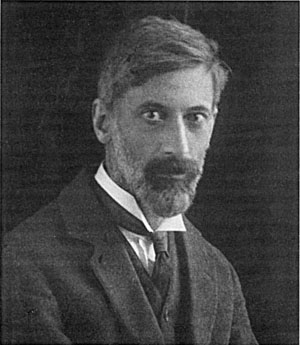These days, we are all pretty familiar with film directors appearing in their own films: people such as Spike Lee, Miranda July and Takeshi Kitano frequently cast themselves in significant roles; others such as John Waters or M. Night Shyamalan restrict themselves to smaller appearances, but still usually give themselves some dialogue and a role which has some impact on the narrative.
But what about those directors who make a sneaky appearance? These can often be the most fun to try to spot. Surely the king of this is Alfred Hitchcock, who appeared in non-speaking cameos, usually only a few seconds in length, in 40 of his films.
These are the blink-and-you’ll-miss-it roles, those instances where they maybe walk across the street, open a door for someone or walk out of a lift—with no lines and no noticeable influence on the story.
One of the earliest (in terms of position in the film) and most playful is in North by Northwest (1959), when Hitch is left in the street after narrowly missing boarding a bus, just as the text ‘Directed by Alfred Hitchcock’ sweeps across the screen, chased by the director, as part of the credits sequence.
Two of the most creative can be found in Lifeboat (1944) and Rope (1948). Both films are largely set in single locations—a lifeboat and a New York apartment—minimal opportunity to insert the director into the action you might think, but he’s there. Two for you to spot for yourselves.
For Hitchcock, this began with The Lodger in 1927 which, in his conversations with director François Truffaut, he described as initially being out of necessity:
‘… strictly utilitarian, we had to fill the screen. Later on, it became a superstition and eventually a gag. But by now (1962) it’s a rather troublesome gag, and I’m very careful to show up in the first five minutes so as to let the people look at the rest of the movie with no further distraction.’

He has a point: when I recently re-watched The Man Who Knew Too Much (1956 version), I spent some time looking for him before a Google search told me we had we had missed him in the first half hour.
Of course, Hitchcock is by no means the first director to appear in his own films. For that, we can go back to the beginnings of cinema where, like Hitchcock, some early film-makers appeared in their own work largely out of necessity.
One such pioneer was William Kennedy Laurie Dickson—the man behind Thomas Edison’s moving picture success. Dickson has an impressive 328 credits as cinematographer on IMDB, but just 3 as an ‘actor’, so it seems safe to say he had no particular ambition to be on screen but needed a subject to test his motion picture equipment. These three films are Dickson Greeting (1981), A Hand Shake (1892) and Experimental Sound Film (1894); that’s him playing the violin.
Equally, the Lumière brothers occasionally appeared in their own work, the most well-known being Repas de Bébé (1895), also known as Baby’s Dinner and Feeding the Baby. As the name suggests, it shows a baby being fed by her parents—who happen to be Auguste Lumière and his wife Marguerite, filmed by brother Louis.

In these instances, the film-makers are front and centre; easy to spot, if you know what they look like. But recently we have noticed an example of an early film mogul ‘doing a Hitchcock’ (although it was 30 years before Hitchcock did so, so that could be the wrong term).
Robert Paul was a key figure in the development of cinema. During his career, he produced around 800 films and did occasionally appear in them, sometimes along with his wife Ellen, who was an actor. They can be seen having a very jolly time in Fun on the Clothesline (1896) with ‘slack line’ artist Harry Lamore.
But the same year Paul makes a much more subtle appearance in another of his films, Westminster Bridge—an actuality showing people moving across this London bridge. This film now only exists in the form of a Filoscope held in the collection of the National Science and Media Museum. As you can see from the video below, this is a type of flick book:
Did you spot him?
Museum friend and film historian Peter Domankiewicz has photographed and reconstructed each relevant frame of the Filoscope and slowed it down so that we can get a good look at the figures crossing the bridge—in particular the tall be-hatted man moving from left to right, who takes a good long look over his shoulder towards the camera. Once you know to look for him, he’s actually pretty hard to miss.

Why did Paul do this? Maybe to add some more foreground interest to the film in much the same way Hitchcock did in The Lodger. Certainly, prior to Paul walking by most of the interest is in the road from the carriages. He is moves much more quickly than any other pedestrians so injects some pace and action into the shot—demonstrating that he had a keen understanding of dynamism and keeping an audience’s attention, even in these very early days of cinema.
So, Hitchcock may well be the most famous, but was certainly not the first director to make subtle appearances in their own work.
Now directors appearing in other people’s films, that’s a whole other story…

